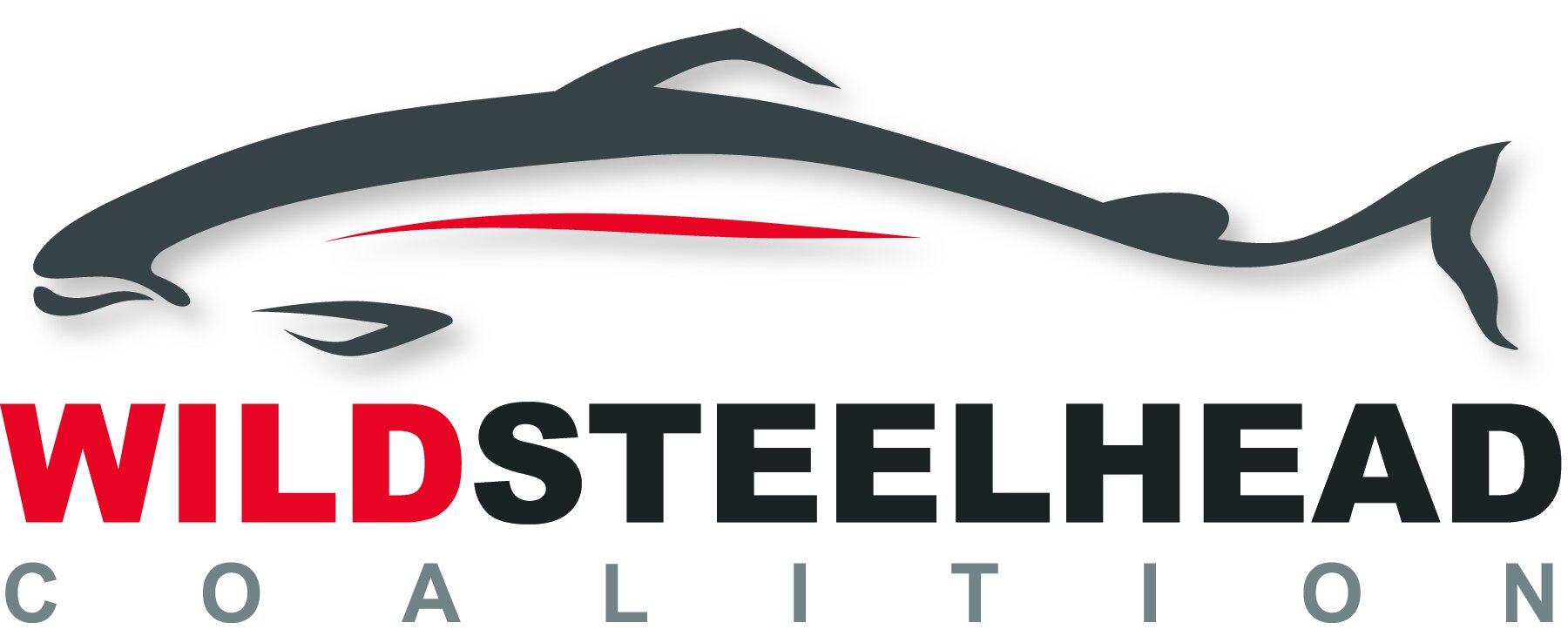Governor Inslee Directs WA State Agencies to Cease Chehalis Dam Efforts
Last week, Governor Inslee directed the Chehalis Basin Board, Washington Department of Ecology, and Washington Department of Fish and Wildlife to cease planning efforts for the proposed Chehalis River dam and instead develop a basin-wide, non-dam alternative to flood reduction. This announcement is a major victory for wild steelhead and a substantial step in the longstanding effort to effectively mitigate flood damage and recover struggling wild fish populations in the Chehalis Basin.
The Wild Steelhead Coalition would like to thank Governor Inslee for this judicious decision and his responsiveness to the concerns of citizens across Washington. We would also like to express our tremendous appreciation to the Chehalis Tribe and Quinault Indian Nation, who played an indispensable leadership role opposing the dam and encouraging the state to pursue alternative solutions that would address flooding concerns while strengthening wild salmonid populations.
The Wild Steelhead Coalition is honored to have played a role in this effort as leading members of the Chehalis River Alliance, a coalition of concerned citizens, sovereign tribes, and local organizations invested in protecting the Chehalis River Basin. For years, the Chehalis River Alliance has been engaged in this fight, and this historic development is a testament to the influence grassroots activism can wield when diverse communities unite to advocate for smart and responsible solutions.
“While we appreciate the efforts of the Chehalis River Basin Flood Control Zone to mitigate flood risk in the Chehalis Basin, we are pleased to see Governor Inslee shelve this misguided dam proposal and opt for a more effective flood reduction approach that will also protect wild steelhead,” said Greg Topf, chair of the Wild Steelhead Coalition board. “By calling for a basin-wide, non-dam alternative to flood reduction, the state finally has an opportunity to develop a flood mitigation solution that will benefit people, ecosystems, and wild fish populations across the Chehalis River Basin.”
The draft environmental impact statement for the proposed dam makes it abundantly clear that the scale and magnitude of environmental degradation this proposed project would generate is simply unacceptable. When you pair this substantial destruction with the insufficient flood protection the proposed dam would provide and its projected $628 million price tag, it becomes increasingly understandable why citizens across Washington opposed this dam proposal and why the Governor ultimately directed the state to find a better approach.
While the Chehalis River lacks the fame of Washington’s more iconic rivers like the Skagit, most years the Chehalis boasts a run of wild steelhead larger than any river in Washington. As recently as 2004, the Chehalis had 19,000 wild winter steelhead return to its waters. However, much like many of its sister steelhead rivers, the Chehalis has been experiencing a steady decline of returning steelhead in recent years. In fact, 2020 was the fourth year in a row – and the ninth in the last fifteen years – that the wild steelhead run failed to meet escapement, which led to the fishery being shuttered this spring.
We have the opportunity to mitigate flood risk and reverse this decline by investing in commonsense flood resiliency solutions and important habitat restoration across the basin. Governor Inslee’s announcement is the start of this smarter, more environmentally responsible approach to tackling flood reduction and fisheries decline in the Chehalis Basin. The Wild Steelhead Coalition applauds the Governor for helping chart this new course and is excited to partake in the effort to create a better, brighter future for the people and wild fish that call the Chehalis Basin home.
###
To learn more about the WSC’s concerns with the proposed dam project, please refer to our May 27, 2020 post “Creating a Brighter Future for the Chehalis River Basin.”

